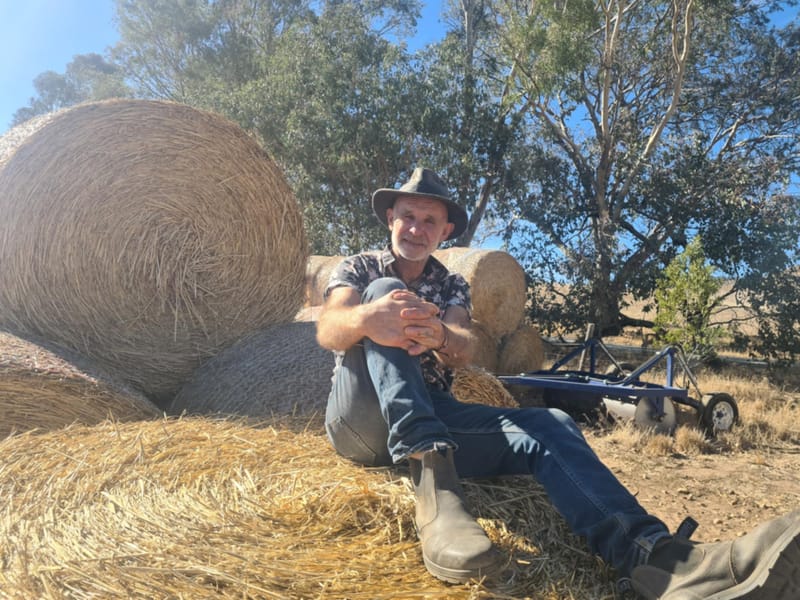Old-school mixed farming the key to Michael's success
MICHAEL Wohlstadt is an old-school mixed farmer. Mr Wohlstadt, 64, runs a property near Lyndoch in the southern Barossa Valley known as The Dairyman Barossa that boasts a diverse range of livestock and produce unlikely to be seen elsewhere in the...






